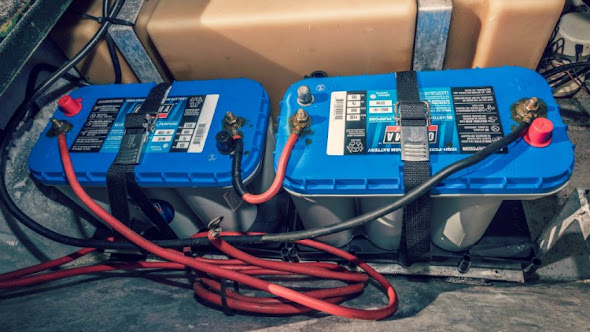Marine Batteries and Chargers that are Perfect for Your Marine Adventures
It is important to do your research before you make the purchase of a marine battery or charger. Before you buy a Lithium Trolling Motor Batteries and charger, consider factors such as type, size, capacity, weather conditions, and price. Marine batteries can be exposed to weather conditions and spray from water.
Keep your equipment and surrounding areas dry and protected from the elements. Although this is not always possible, most marine vehicles have an area or case that can be used to store valuable items. A small storage area is a good option to protect your equipment from the elements.
These chargers can save you a lot of money and could even save your trip. Ask friends and family to recommend a trusted brand. To make sure that you are getting a quality product, read customer reviews online.
Marine Battery and Charger Basics
To prolong the life of any marine battery, it is essential to charge it properly. A charger should output 20% of the battery's total Ah. A 10 ADC charger will charge 100 Ah in six hours. A 100 Ah battery charged with a 20 ADC charger can be fully charged in just 3 hours.
Don't overcharge. Overcharging can cause rapid performance declines and reduce the life expectancy. You will quickly kill it if you overcharge it.
Don't undercharge. Sometimes, we are in a hurry or impatient and reduce the charge before it is complete. This can also reduce the life expectancy and should be avoided.
Always bring an extra battery, fully charged, for every trip. When you're out on the water and lose power, it's not a good idea. To ensure that you are able to return to shore in the event of a power outage, always have a backup plan.
The Perfect Match
It is important to consider the type of charger that you are using. The charger should be water-resistant and small enough to fit on your boat. It is a good idea to keep the charger with you on the boat so you can find it when you need it.
Any charger will charge any battery. However, a charger that can output 20% or more of the capacity is the best. A charger with a higher output than 20% is more likely to overcharge, while a lower output will cause undercharging. Inadequate power can cause damage to the battery or make it unsafe to return to land.




Comments
Post a Comment